Maguryeong Pass / Gochiryeong Pass (마구령/고치령)
11.3 Km 33668 2024-02-23
[Maguryeong Pass] Imgok-ri, Buseok-myeon, Yeongju-si, Gyeongsangbuk-do
Maguryeong Pass and Gochiryeong Pass stand as iconic hills of Sobaeksan Mountain. They are known for their historical significance as rugged pathways where people and goods traversed during the Goryeo and Joseon dynasties. Situated on the easternmost edge of Sobaeksan Mountain, Maguryeong Pass derives its name from its function: "Magu" meaning "harness" and "Ryeong" meaning "pass" in Korean, highlighting its past as a route where merchants commonly traveled on horseback. Meanwhile, Gochiryeong Pass served as a vital transport link to the Gwandong and Hoseo regions. In the Silla dynasty, this pass was earmarked for palace construction at the base of the hill, which led to its name "Gochiryeong" – "Go" indicating "old", "Chi" representing "hill", and "Ryeong" meaning "pass" in Korean – effectively translating to "old hill pass".
Chosun Minhwa Museum (조선민화박물관)
11.8 Km 37111 2020-05-15
432-10, Gimsatgat-ro, Yeongwol-gun, Gangwon-do
+82-33-375-6100
Chosun Minhwa Museum finished construction in 1998, in Waseok-ri, Gimsatga-myeon, Yeongwol-gun, Gangwon-do and opened on July 29, 2000. The museum contains about 3,000 folk paintings (minhwa) from the Joseon era and is comprised of a hands-on program hall where visitors can paint a minhwa on a wood plate and the chunhwa (obscene painting) exhibition which is eligible for only adults.
In addition to this museum, Gimsatgat Culture Hall and Indian Art Museum are also in Yeongwol.
Gosudonggul Cave (단양 고수동굴)
11.9 Km 45586 2024-03-15
8 Gosudonggul-gil, Danyang-eup, Danyang-gun, Chungcheongbuk-do
+82-43-422-3072
Gosudonggul Cave, a natural limestone marvel, is recognized as a Natural Monument of Korea. Spanning 1,395 meters in length, this ancient cave has been shaped over 500 million years. Inside, visitors can marvel at an array of spectacular formations including stalactites, stalagmites, underground lakes, and cave pearls. The cave also houses unique rock formations such as Sajabawi Rock, Dodamsambongbawi Rock, a statue resembling the Virgin Mary, and the romantically named Thousand-year Love Rock. The cave is conveniently located just one kilometer from the Danyang Intercity Bus Terminal.
Danyang Special Tourist Zone (단양 관광특구)
11.9 Km 5556 2020-03-27
3-11, Gosudonggul-gil, Danyang-gun, Chungcheongbuk-do
+82-43-420-3035
Danyang is known for its Danyang Palgyeong (eight wonders of Danyang). The scenery around Chungjuho Lake, including Dodamsambong Peak, Gudambong Peak and Oksunbong Peak, can all be enjoyed from a ferry cruise. The meandering stream and the majestic view of Sainam Rock and Sangseonam Rock create a soothing, tranquil ambience.
Situated at the center of the Korean Peninsula is Sobaeksan National Park, from which one can admire the beauty of the Baekdudaegan Mountain Range. The mountain’s many trails that lead to Birobong Peak and to other peaks are popular among hikers.
Darian, Cheondong and Ondal are great choices for family trips. These places are known for outdoor camping sites and drama filming locations.
The Danyang Special Tourist Zone holds special events that promote the county’s nature and history. The Sobaeksan Royal Azalea Festival is held in May, while the Ondal Culture Festival takes place in October.
Plenty of accommodation options and facilities are available in the area of Dojeon-ri, Byeolgok-ri, Sangjin-ri and Gosu-ri of Danyang-eup.
[Danyang Special Tourist Zone]
Areas included: Areas around Danyang and Maepo-eup in Danyang-gun, Chungcheongbuk-do
Area size: 4,448,737㎡
Tourist attractions: Sobaeksan National Park, Dodamsambong Peak, Sainam Rock, Gosu Cave, Buddhist Museum of the Cheontae Order, Daeseongsan Natural Recreation Forest, etc.
Dariangyegok Valley (다리안계곡)
11.9 Km 36590 2021-07-27
528-10, Darian-ro, Danyang-gun, Chungcheongbuk-do
+82-43-422-1146
Dariangyegok Valley is located in the Darian Local Tourist Site near Danyang. The water in the valley curves around smooth rocks in between the lush forest. People visit in the summer to escape the heat.
Dariangyegok Valley has cold water flowing from Sobaeksan Mountain. The area around the valley is equipped with convenience facilities such as huts, campsites, a parking lot, convenience store and more, making it the best family destination. Near the middle of the valley, legend says a dragon ascended to the sky leaving a mark on the big rock. Nearby attractions include caves, Dodamsambong Peak, Gudambong Peak, Oksunbong Peak and many more. These abundant attractions make Dangyang a favorite tourist destination among visitors.
Doljip Sikdang (돌집식당)
12.8 Km 24527 2024-02-26
11, Jungang 2-ro, Danyang-eup, Danyang-gun, Chungcheongbuk-do
Doljip Sikdang is a restaurant near the Danyang Bus Terminal that serves dolsotbap (hot stone pot rice) and garlic dishes. Indeed, its gondeure maneul jeongsik (thistle and garlic set menu) has captured the tastebuds of its regulars for two generations. The restaurant’s set menus, such as heungmaneul jeongsik (black garlic set menu), doljip jeongsik (Doljip set menu), gondeure maneul jeongsik (thistle and garlic set menu), and gondeure jeongsik (thistle set menu), all feature garlic dishes. It also serves a la carte dishes like bulgogi, maneul yukhoe (garlic and beef tartare), Danyang maneul tteokgalbi (grilled garlic and galbi patties), suyuk (boiled pork slices), and deodeok gui (grilled deodeok). Notably, side dishes are made with garlic, Danyang’s specialty, which isn’t too spicy and taper off to gentle sweetness.
Danuri Aquarium (단양 다누리아쿠아리움)
12.8 Km 10974 2021-05-12
111, Subyeon-ro, Danyang-gun, Chungcheongbuk-do
+82-43-420-2951
Located in Danyang, Danuri Aquarium houses a lot of freshwater fish with a wide array of fish species from Korea and overseas, consisting of 20,000 fish of 63 species and 1,600 fish of 87 species, respectively. Visitors can enjoy a wide selection of fish including Siniperca, a traditional fish from the Namhangang River, sweetfish and Korean bitterling, as well as various fish species from other countries all in one spot. Also, the aquarium offers a special sightseeing point, in the form of a fish tank decorated with the theme of Eight Scenic Views of Danyang.
* Fish tanks: 127 exhibition tanks, 43 habituating tanks, approx. 915 tons
Danjong Culture Festival (단종문화제)
13.3 Km 8849 2024-04-22
29-7 Hasong-ri, Yeongwol-eup, Yeongwol-gun, Gangwon-do
+82-33-375-6353
The Danjong Culture Festival, a major festival of Yeongwol-gun in Gangwon State, is a historic cultural event held annually since 1967 in memory of King Danjong, the 6th monarch of the Joseon dynasty. The festival includes a range of activities and programs open to all visitors.
Choamsa Temple - Yeongju (초암사(영주))
13.3 Km 9012 2020-03-27
330, Jukgye-ro 315beon-gil, Yeongju-si, Gyeongsangbuk-do
+82-54-633-2322
In search of a great place to build a Buddhist Temple invoking national security, Great Monk Uisang travelled around the country and reached this place. He built a small thatched hut here for a temporary stay and continued his search. Finally, he found a perfect place and built Buseoksa Temple. He also set up another temple in the site where his small thatched hut was and called it Choamsa Temple. Choamsa Temple is located below the valley in the south of Gungmangbong Peak of Sobaeksan Mountain. After the Korean War, the temple building had to be rebuilt, but it managed to preserve some of Provincial Tangible Cultural Asset including Samcheung Seoktap (a three-storied stone pagoda; Tangible Cultural Property 126), Dongbudo (East Stupa; Tangible Cultural Property 128) and Seobudo (West Stupa; Tangible Cultural Property 129).
* Jukgyegugok Valley
The valley stretching from Baejeom-ni to Choamsa Temple is called Jukgyegugok which Sobaeksan Mountain surrounds like a folding screen. Near the valley, one can find famous tourist attractions such as the Sosuseowon Confucian Academy and Buseoksa Temple. Toegye Yi Hwang came up with the name Jukgyegugok inspired by the fantastic scenery of the valley and the beautiful sound of the flowing water.
Yeongju Birosa Temple (비로사 (영주))
13.4 Km 17872 2021-06-11
661-29, Samga-ro, Yeongju-si, Gyeongsangbuk-do
+82-54-638-5033
Birosa Temple is located at the southern foot of Birobong, the highest
peak of Sobaeksan Mountain. It was founded by revered Buddhist monk Uisang Daesa in the 20th year of King Munmu’s reign (AD 680) during the Silla Kingdom. The temple’s Buddha statues and the flagpole supports reveal the long history of this ancient temple.
To the left of the entrance to Birosa Temple stand a pair of flagpole supports. The 4.8-meter-high flagpole supports facing each other have a meticulous structure. Inside the temple precincts is Jingongdaesa Bobeoptapbi, a stele with a stone turtle base erected in honor of the great monk Jingong Daesa.
The temple enshrines the Amitabha and Vairocana Buddha statues, which were created during the Silla Kingdom in the late 9th century. Both of these Buddha statues realistically depict the human form, and show similar characteristics, which reveal that they were crafted by the same artisan. Preserving such valuable cultural heritages, Birosa Temple also has a serene view of Birobong Peak on
Sobaeksan Mountain.
* Major cultural properties: Stone Seated Amitabha and Vairocana Buddha Statues (Treasure No. 996), Samgadong Stone Flagpole Supports (Provincial Tangible Cultural Property No. 7)
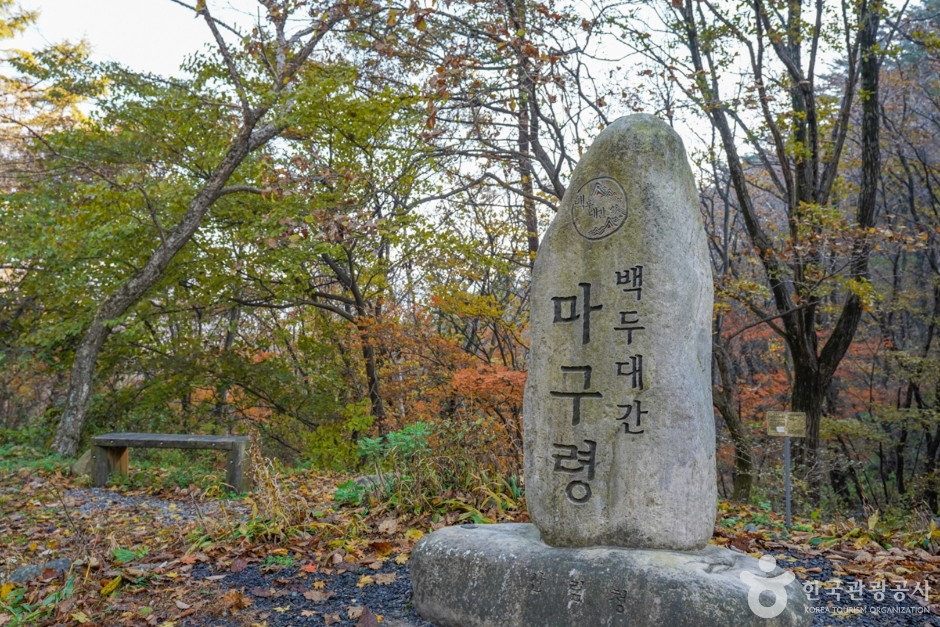
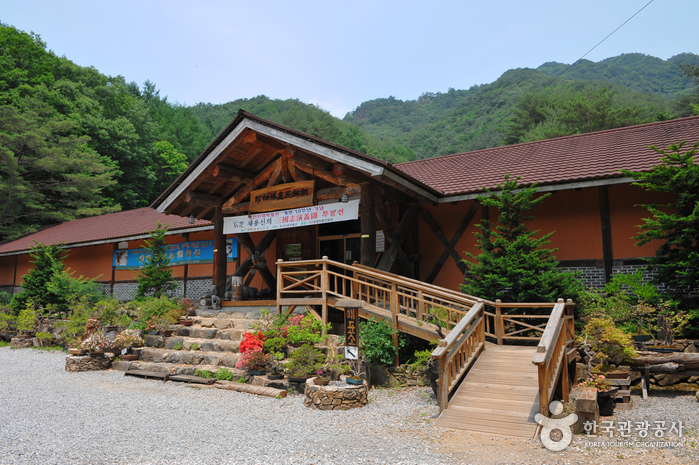
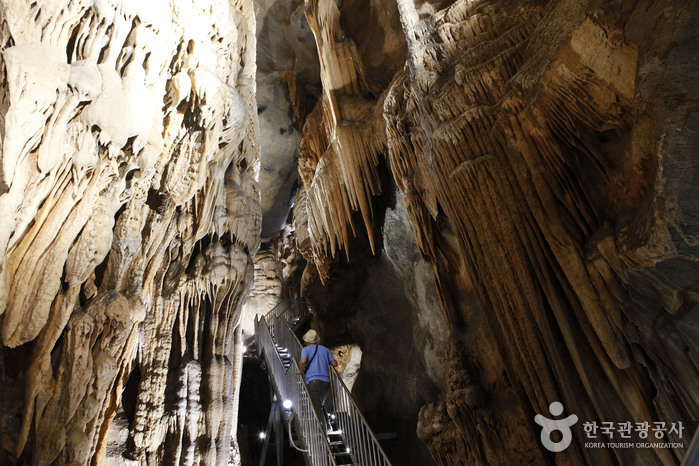
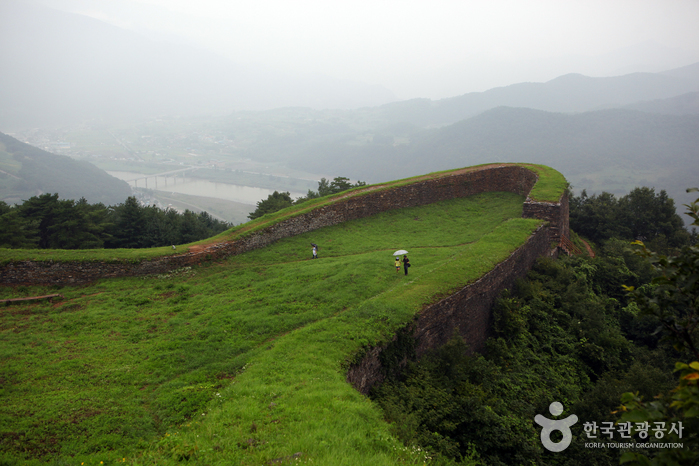
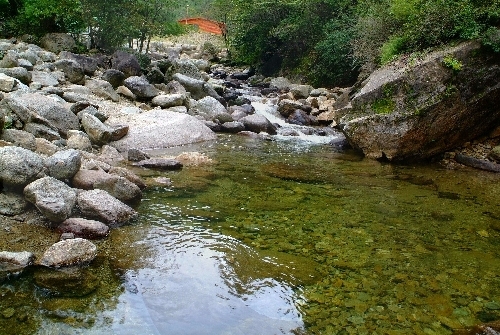
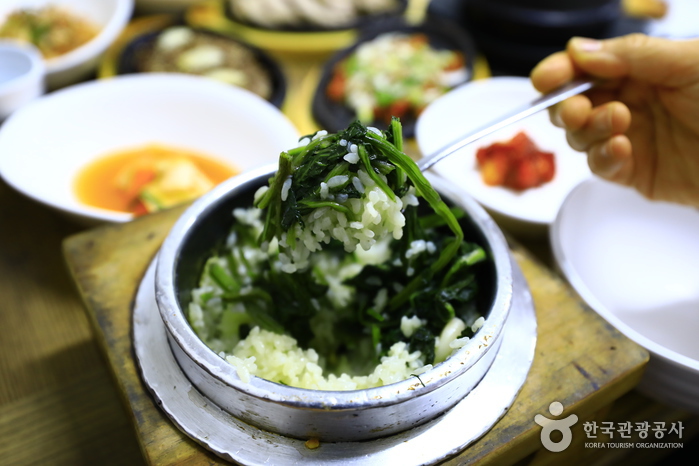
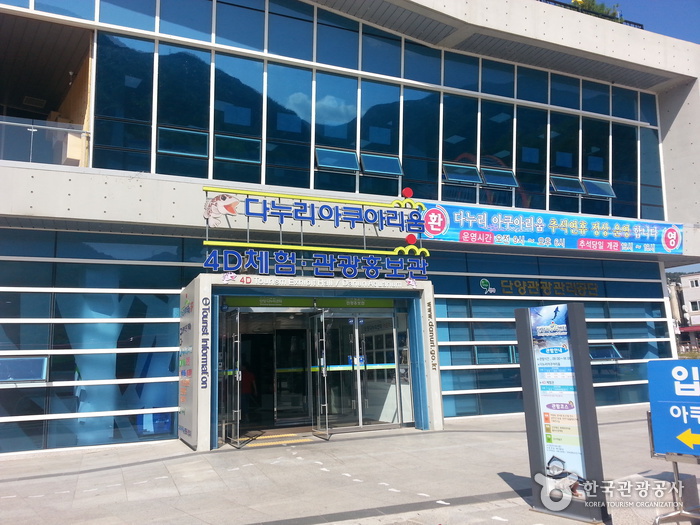
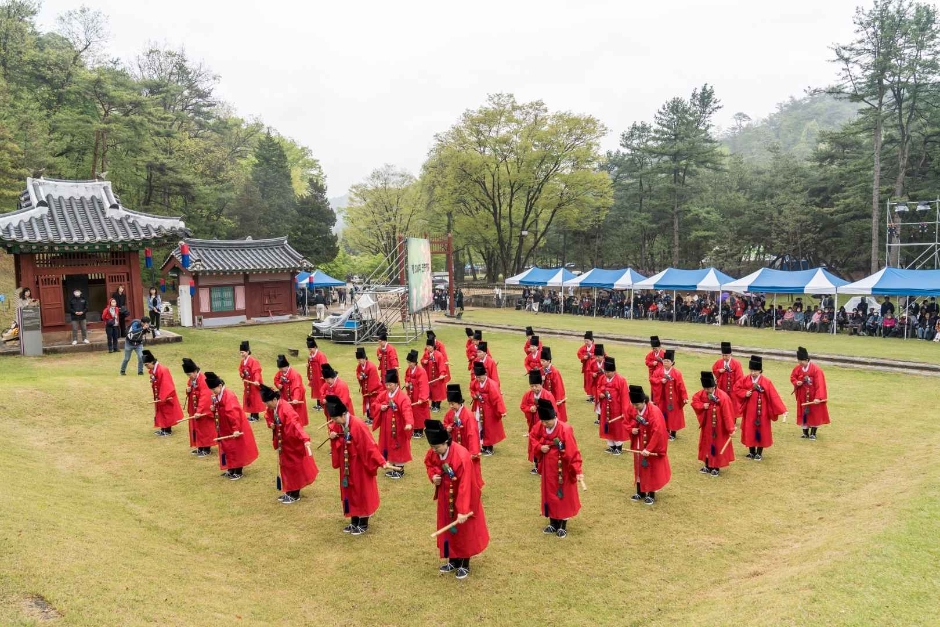
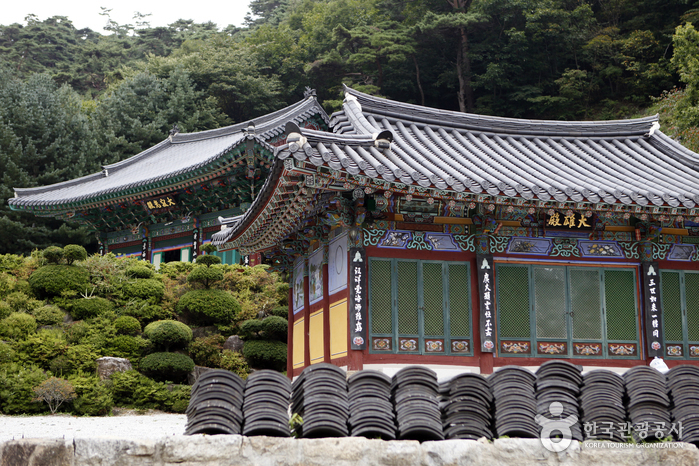
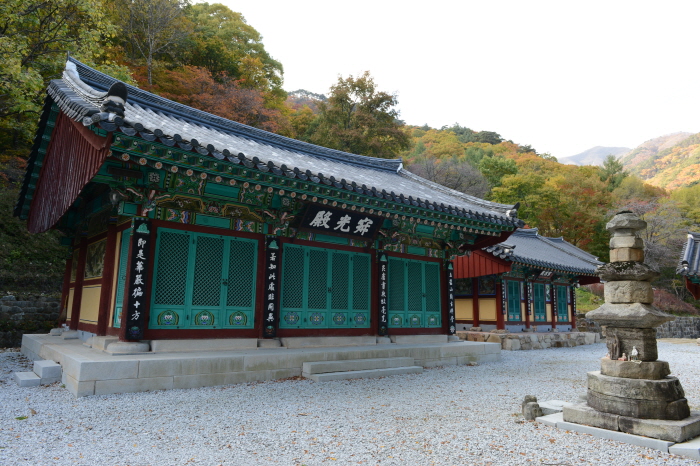
 English
English
 한국어
한국어 日本語
日本語 中文(简体)
中文(简体) Deutsch
Deutsch Français
Français Español
Español Русский
Русский